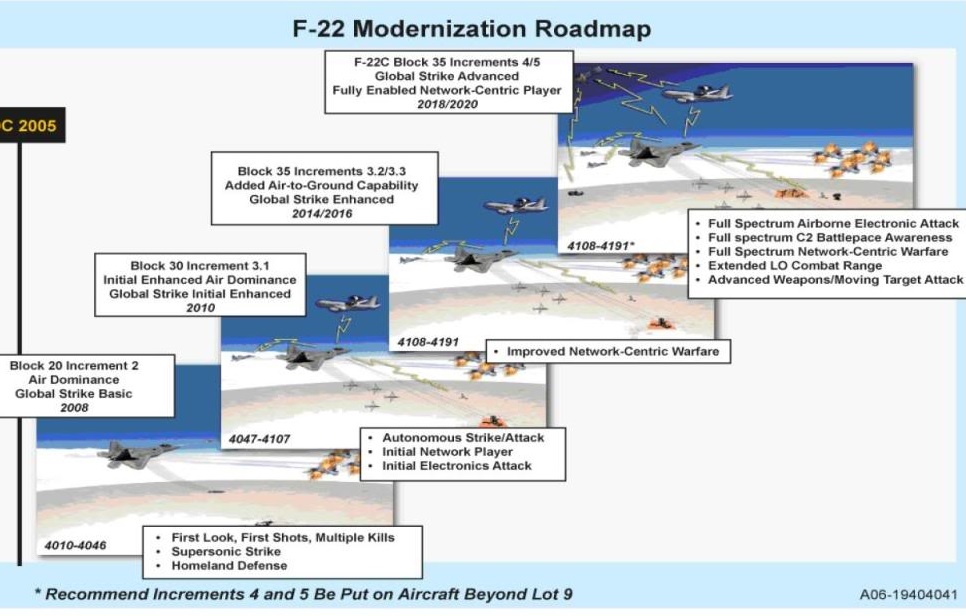Try to commercial airline engines on Tempest and we'll see how it performs. We are talking about jet engines for fighters. (The top commercial jet engines are from GE anyways). The jet engines produced by GE & P&W are decades ahead of RR.
As an investor in Aerospace and Defence, I have done my research. Try not to be so arrogant.
Let us look at facts here by comparing 2 comparable UK and US fighter engines:
1. UK's Eurojet: 9.2:1 T/W ratio 22,000lbs of thrust - Year of service 2003 with Eurofighter
2. US F414-GE-400: 9:1 T/W ratio 22,000lbs of thrust - Year of service 1999 with Superhornet
Does the above look like the UK is decades behind in fighter engine tech?
PS - I suppose you have never heard of the F-136 that was developed by GE/RR but was not selected as the alternative engine for the F-35?
Can you explain why GE would work with RR if it was "decades ahead of RR"?





